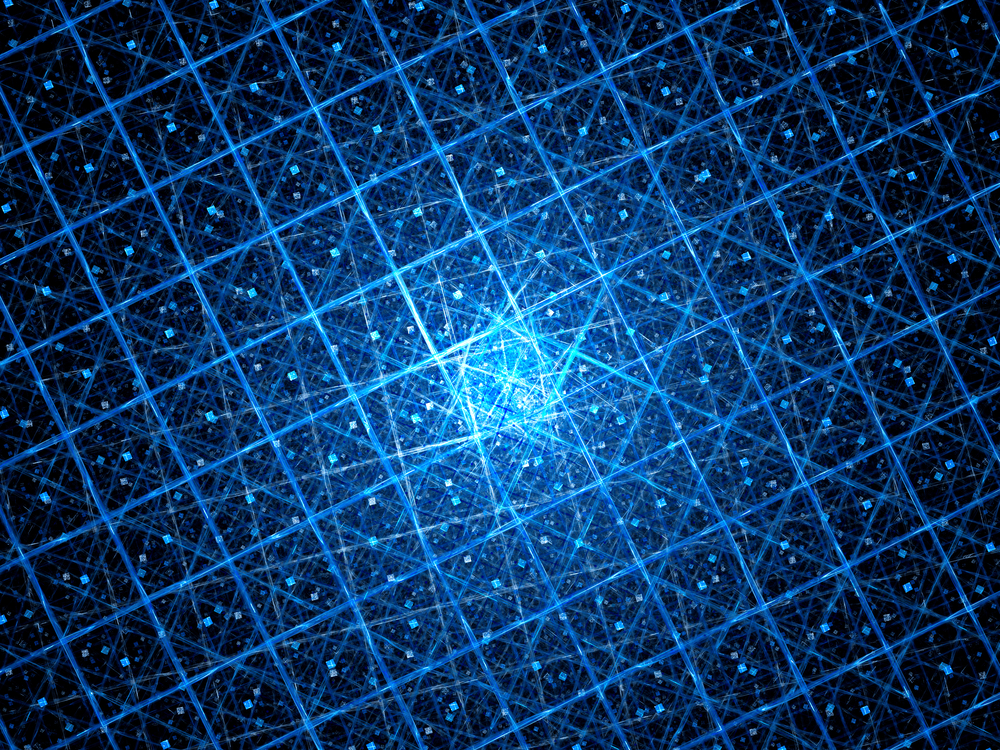Scientists generate light from 2D film defects

Quantum light sources in MoS2 pave the way for new kinds of optical circuits
An international team headed up by Alexander Holleitner and Jonathan Finley, physicists at the Technical University of Munich (TUM), has succeeded in placing light sources in layers of 2D MoS2 with an accuracy of just a few nanometers.
The new method allows for a multitude of applications in quantum technologies, from quantum sensors and transistors in smartphones through to new encryption technologies for data transmission.
“This constitutes a first key step towards optical quantum computers,” says Julian Klein, lead author of the study. “Because for future applications the light sources must be coupled with photon circuits, waveguides for example, in order to make light-based quantum calculations possible.”
The critical point here is the exact and precisely controllable placement of the light sources. It is possible to create quantum light sources in conventional three-dimensional materials such as diamond or silicon, but they cannot be precisely placed in these materials.
Deterministic defects
The physicists used a layer of the semiconductor MoS2 as the starting material, just three atoms thick. They irradiated this with a helium ion beam which they focused on a surface area of less than one nanometer.
In order to generate optically active defects, the desired quantum light sources, molybdenum or sulphur atoms are precisely hammered out of the layer. The imperfections are traps for so-called excitons, electron-hole pairs, which then emit the desired photons.
Technically, the new helium ion microscope at the Walter Schottky Institute’s Centre for Nanotechnology and Nanomaterials, which can be used to irradiate such material with an unparalleled lateral resolution, was of central importance for this.
On the road to new light sources
Together with theorists at TUM, the Max Planck Society, and the University of Bremen, the team developed a model which also describes the energy states observed at the imperfections in theory.
In the future, the researchers also want to create more complex light source patterns, in lateral two-dimensional lattice structures for example, in order to thus also research multi-exciton phenomena or exotic material properties.
This is the experimental gateway to a world which has long only been described in theory within the context of the so-called Bose-Hubbard model which seeks to account for complex processes in solids.
Quantum sensors, transistors and secure encryption
And there may be progress not only in theory, but also with regard to possible technological developments. Since the light sources always have the same underlying defect in the material, they are theoretically indistinguishable. This allows for applications which are based on the quantum-mechanical principle of entanglement.
“It is possible to integrate our quantum light sources very elegantly into photon circuits,” says Klein. “Owing to the high sensitivity, for example, it is possible to build quantum sensors for smartphones and develop extremely secure encryption technologies for data transmission.”
'Site-selectively generated photon emitters in monolayer MoS2 via local helium ion irradiation' by J. Klein et al; Nature Communications, 10, 2755 (2019)


































